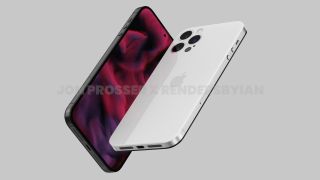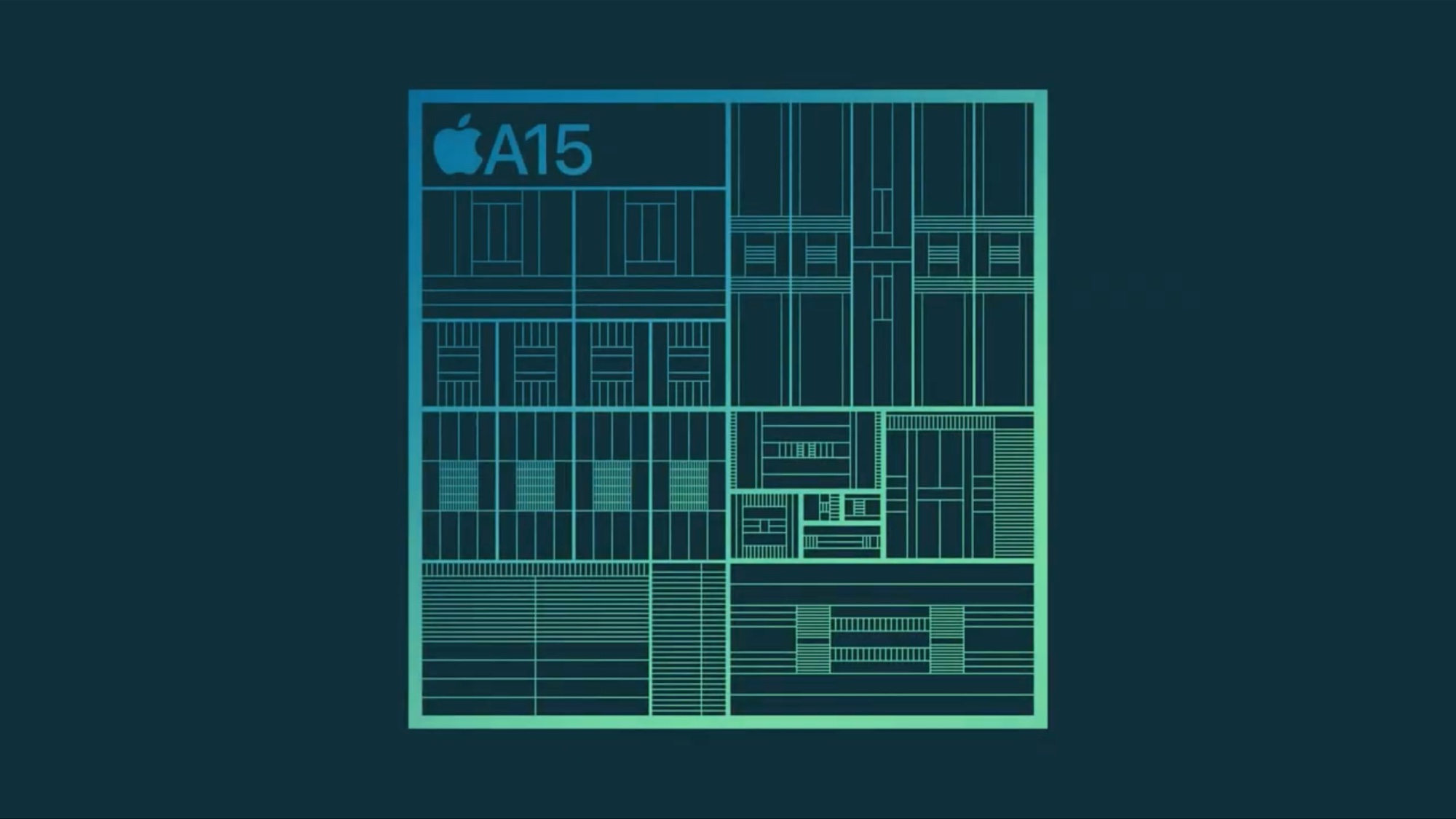iPhone 14 — what the new 4nm chip could mean for you
iPhone fourteen — what the new 4nm chip could mean for you

According to the latest supply chain leaks and rumors, Apple may not be able to hit the 3 nanometer process for its next-gen A-series chips set for the very much even so rumored iPhone xiv. Currently, the iPhone 13 range and its A15 Bionic chips are on the 5nm process, then jumping to 3nm could potentially accept offered a serious boost in performance and power efficiency.
But a recent study from DigiTimes, also based on supply concatenation sources, notes that Apple's chip manufacturer has a 4nm process node that'll be used for the next A-series chip, likely chosen the A16.
Apple has been using the 5nm node for the past three generations of iPhone. So a step to a smaller node, which really translates to packing more transistors onto a piece of silicon and thus more power, makes sense if Cupertino wants its phones to keep its functioning edge over rivals from Qualcomm and Samsung's Exynos.
Only what would all this mean to iPhone fourteen users? Sure, more transistors are great, merely will they actually make a departure to one's real-world iPhone use? Here's how a 4nm chip could impact the iPhone xiv.
Apple's A-Serial advantage

As information technology stands, Apple's A15 Bionic fleck outpaces pretty much every scrap found on rival flagship Android phones. That has long been the example for each generation of A-series chips.
Wayne Lam, senior managing director at annotator business firm CCS Insight, explained to us that actually getting a articulate insight into just how good A-series performance is can be tricky, just it's down to Apple's tight control over its devices from the silicon level through to the software.
"For instance, iPhones take always required less DRAM retentivity in each comparative generation of pattern. If the latest Android offer is a Qualcomm chip with 8GB or 12GB of RAM, similar Apple designs would merely require 4GB or 6GB," said Lam. "This design difference is huge and benefits Apple in terms of component cost (Apple tin spend less on retention and more on making its processors) and speaks to the efficiency of the Apple design vs the competitive [chips] from Android."
With that in mind, Apple's just major competition in raw flake performance is basically itself, meaning one could argue that moving to 4nm rather than sticking with 5nm won't make a big difference in how fast an iPhone feels; later all, we've not establish a mobile game that a modern iPhone will struggle to run.
iPhone 14 on 4nm: More than only a power boost

Avi Greengart. president and lead analyst at consumer tech analyst house Techsponential, noted that there'due south more than to be gained from a movement to 4nm fabrication than just raw power.
"While Apple silicon already leads the industry in performance per watt in that location is always room for efficiency improvements that extend battery life, AI enhancements for computational photography and other motorcar learning tasks, defended coprocessors for specific tasks,and more graphics capabilities," Greengart told Tom's Guide.
Obviously, improvements in battery life will ever be appreciated. While the iPhone 13 Pro manages an impressive 11 hours and 42 minutes in our testing, we're ever cracking to come across more than endurance from smartphones.
But the potential AI and computational photography improvements are even more than compelling. With the iPhone 13 Pro Max topping our all-time camera phone listing, Apple has already shown its chops in epitome signal processing. Features similar Cinematic Manner, which delivers professional-grade rack focus in videos and can automatically switch between subjects, is a perfect instance of what AI can exercise.
However, the Google Pixel 6 and Pixel 6 Pro with Google'southward ain AI-axial Tensor chip have delivered some seriously impressive phone photography with features like Magic Eraser, and are likely to only improve with software updates. So enhanced AI processing on a next-gen iPhone, facilitated by a 4nm fleck, could aid Apple go on delivering best-in-course photography.
Smarter Siri, more than compelling AR
Improved AI via a new 4nm chip could besides make Siri a more than capable virtual assistant, as it currently falls behind the likes of the Google Banana and Alexa. More onboard processing ways more smart features in full general, say amend voice recognition or the ability to automatically customize a phone to a specific user.
As Apple tree has a tight control over its programmer ecosystem, we'd exist fairly sure that information technology would work to deliver the tools and development kits for app makers to get the most out of any next-gen operation and AI processing improvements. We'd love to see it evangelize seriously enhanced AR features, equally well as gaming that genuinely looks console-quality, rather than having a veneer of impressive visuals that come apart once you look closely.
Then even if Apple can't brand the jump to 3nm, hit the 4nm process node could deliver a suite of benefits. Merely they might not be immediately obvious to users, especially if they upgrade every iPhone generation.
"Will this make for a dramatic change from today'due south A15 chips? It doesn't matter: people don't upgrade their phones every twelvemonth," explained Greengart. "However, cumulative improvements matter quite a bit when you compare a three- or four-yr-onetime telephone to i using the latest generation silicon."
With that in mind, plus early rumors suggesting a new phone design and the potential return of Touch on ID, the iPhone xiv could finish upward existence a telephone worth waiting for.
Source: https://www.tomsguide.com/news/iphone-14-what-the-new-4nm-chip-could-mean-for-you
Posted by: furlonghatiankin.blogspot.com


0 Response to "iPhone 14 — what the new 4nm chip could mean for you"
Post a Comment